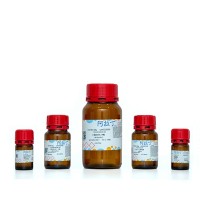Almost all eukaryotic cells move or are moved sometime in their life time. In the evolution of eukaryotic cells, two forms of single cell locomotion have evolved, flagellar or ciliary locomotion, and amoeboid locomotion. The latter represents the more general method of cellular locomotion. Amoeboid locomotion in the past has been trivialized. The view, strengthened by bad science fiction movies, was of a cytoplasmic mass, or blob, rolling blindly forward across a substratum, consuming things in its path. Because of a variety of static and dynamic 2D and 3D imaging methods, and newly developed computer -assisted 2D and 3D dynamic image reconstruction and analysis systems (1 –6 ), we now know that amoeboid locomotion is not simple. Amoeboid cells move across a substratum by extending pseudopodson and off the substratum, making soft turns by biasing pseudopod expansion to the left or right (7 ,8 ), and making sharp turns through lateral pseudopod formation (9 –11 ). Animal cells spanning the eukaryotic world, from Dictyostelium discoideum amoeba to human white blood cells, also exhibit a one minute behavior cycle that, in some cases, has a z-axis component (3 ,10 ,12 ,13 ).






